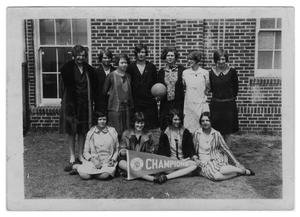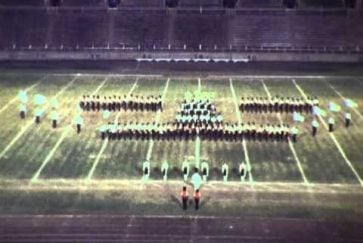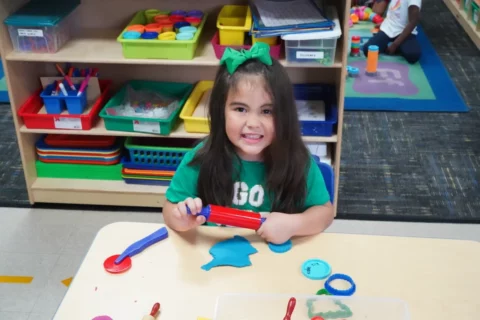District History
A brief history of the Arlington ISD...
In July 1876, the small frontier town of Arlington was bursting with new residents. With the new railroad tracks that ran alongside Division Street, new residents began settling in the town. They sent their children to school at the nearby Johnson Station Masonic Lodge.
![Johnson Station School [no date]; copied from original from Bill Bardin, 1987](https://www.aisd.net/wp-content/files/2018/04/NC-history-363x243.jpg)
Johnson Station School [no date]; copied from original from Bill Bardin, 1987
By 1901, the town’s 1,800 residents were eager to continue growing their town. The following year, the town voted to build a $12,000 brick school building at 316 W. Main St. where local students could learn. At the end of the first school year, a principal, assistant principal, and six teachers were giving lessons to 365 students. The first principal, J.J. Johnston, was also the district’s first superintendent, followed by H. Tarpley in 1908. Five years later, John A. Kooken was hired for the position, which he held for the next 25 years.
By the 1920s, Arlington had installed drinking fountains in schools, electric lights, and electric heaters. The district built Arlington High School in 1922 to accommodate the growing town’s population. There were only 11 Grade Levels at the time, and students were given less homework – they often finished their assignments in study hall. Arlington continued to grow through the Great Depression.

Arlington High School Volleyball Team, Photograph, n.d.; University of North Texas Libraries, The Portal to Texas History, http://texashistory.unt.edu; crediting Arlington Historical Society’s Fielder House Museum, Arlington, Texas.
During World War II, the district accommodated war efforts just as the rest of the nation did. The War Time schedule began in the early 1940s, which meant the school day now started at 8:30 a.m. beginning in 1943. Teachers were drafted, and it was decided that students who entered the armed services after completing 75 percent of their coursework were given full credit for their semester.
By the 1950s, the district had grown to 2,000 students. An additional 2,000 students entered the district every two years after that. By the ‘60s, the war on poverty was full-scale and early childhood programs were created, as well as programs focused on minority and economically disadvantaged children.
In the 1970s, a new movement began to change how the school building was structured. New teachers embraced students learning at their own place, and classrooms were often built without walls dividing them. The movement lost momentum in the early ‘80s when students began scoring low on standardized tests. However, on a positive note, the decade did provide the implementation of female athletics and extracurricular programs.

Bowie HS Marching Band - Region V Marching Contest 1978
During the ‘90s, administrators and teachers struggled to keep up with the growing population, and the budget that accompanied it. The AISD regained the trust of residents, and new school construction was approved in the latter part of the decade.
For the next few years, the district focused on improving standardized test scores, making it the top goal in 2002.
... at this school district, we care about history. We care about it because it inspires us. We care about it because we can learn from it. I'm proud to be superintendent in a place that values its past. And that carries its past forward. It not only honors those that work so hard on behalf of children. If you look at the school names across the district they mean so much more than a simple recitation of what street the school is on or in some places the schools are given numbers, like PS 194, 162, or whatever the number is. Here we care about people. We care about the contributions they've made to the history of this great school district.
Dr. Mac Bernd, Superintendent 1998-2008
Speaking at the Veda Knox Elementary School dedication in 2001
Do you have historical AISD information or pictures?
Contact AISD-TV at aisdtv@gmail.com or 682-867-7860






